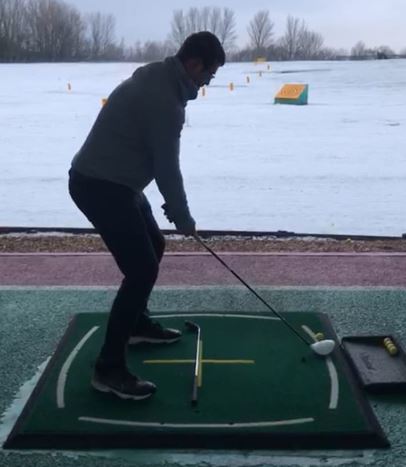Lob Wedge Vs Sand Wedge – What’s The Difference & What To Use
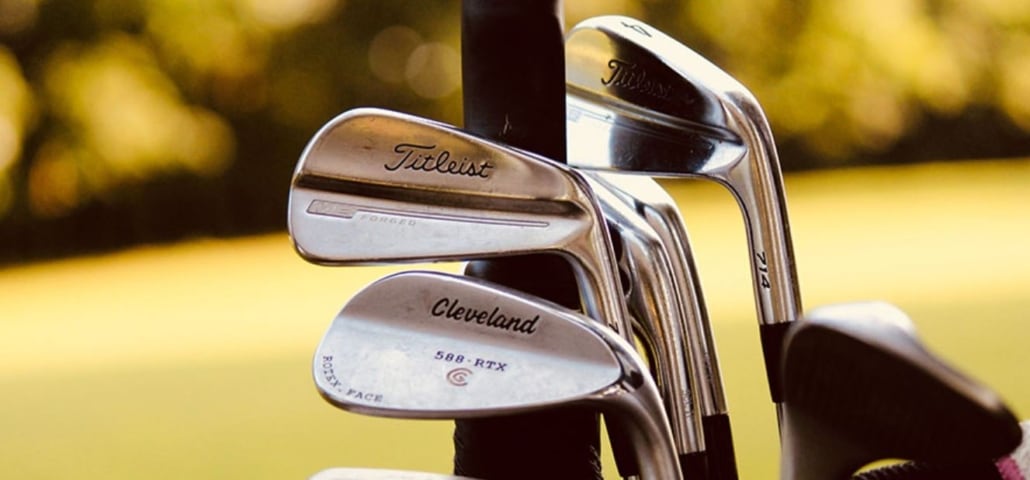
You are only allowed 14 clubs in your bag, so having the right clubs in your bag will make a big difference. In 1932 Gene Sarazan invented the sand wedge. It was very different to what we see today, but the idea is the same.
It was very difficult to get out of the bunkers because the loft was too strong and the club didn’t have enough bounce.
Gene decided to make a club that had a lot of loft and much more bounce than an iron, this would prevent the club from digging into the sand and rather bounce, which helps the ball get out of the bunker easier.
Today there are more variations of the sand wedge, which include the lob, gap and pitching wedge, they all have different lofts and bounces, and are used for different shots.
Below we will help you understand the main differences between the sand and lob wedge, which will hopefully help you understand if you need it in your bag or not.
Lob Wedge Vs Sand Wedge In Detail
This is where I see the biggest confusion in high handicappers and beginners, they think the lob wedge is a magical club that only professionals can use. It may be a difficult club to use (we will get into why later), but it is no different to a sand wedge apart from a small few details.
The lob wedge has a loft between 62 and 58 degrees (sometimes 64, but we feel that it is unnecessary to go that high in loft), and a sand wedge is from 56 to 54 degrees. The lod wedge also has a lower bounce ranging from 4 to 12 degrees, and the sand wedge from 8 to 14 degrees.
The lob wedge is mainly made in a blade style, meaning it is not very forgiving, this will make it hard for high handicap and beginners to use regardless of the loft and bounce, the sand wedge often comes together in a game improvement set, they range from 4 iron to sand wedge, basically this means the sand wedge in the set will be easy enough to hit. The sand wedge also comes in a blade style, which would be used by low handicap players.
The sand wedge was the first wedge that was invented, it’s sole purpose was to get the ball out of the sand, as the game evolved it is now used for longer shots and chipping around the greens, over time the other wedges were made, this allowed to you either hit the ball higher or lower depending on the loft.
So, other than the loft and bounce, as well as the sand wedge being made slightly forgiving in some game improvement sets, the lob wedge and sand wedge are basically the same club.
When To Use A Lob Wedge?
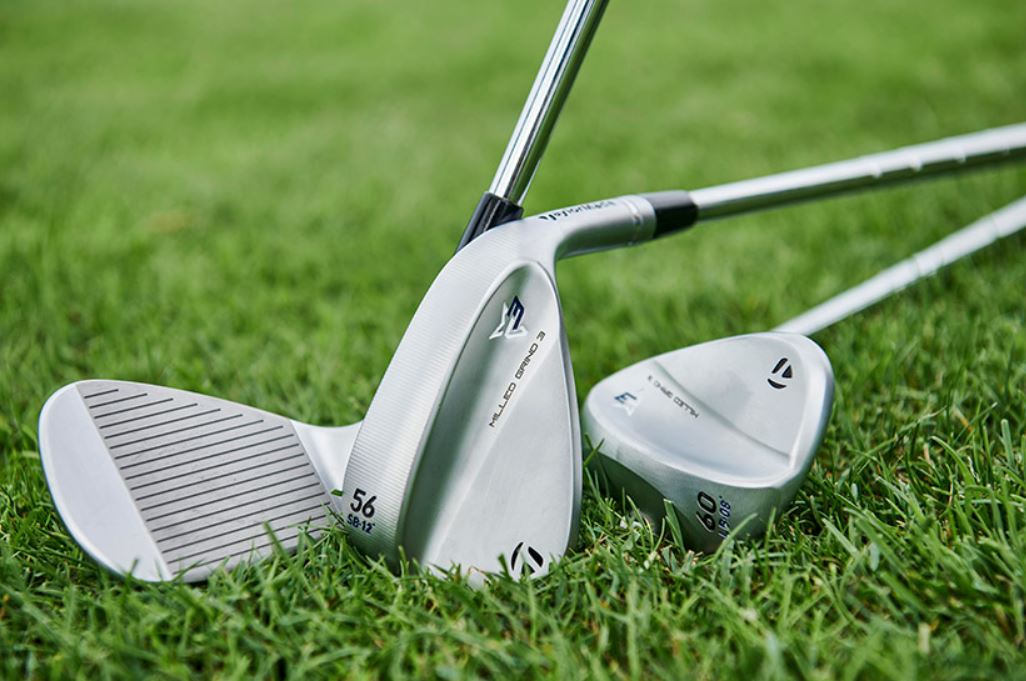
The lob wedge should be used for 90% shots and below (you should never hit your lob wedge at full power), as well as for hitting it high.
The lob wedge is mainly used around the green, either for chipping and pitching or out of the bunker. It has the most loft out of all your clubs, so that means it will get the ball up in the air the highest.
It is handy when hitting 20 to 40 yard pitch shots or when you need to hit over a hazard or bunker when you are around the green.
Who Should Carry A Lob Wedge?
We only recommend mid to low handicap players use a lob wedge, because it has the most loft, it makes it harder to hit than a sand wedge. The club tends to dig into the ground.
How Far Should You Hit A Lob Wedge?
This all depends on your swing speed and angle of attack. The more you compress the ball the further it will go, if you hit your lob wedge on the up(take no divot) then it will also go shorter.
High swing speeds – 100 to 80 yards
Mid swing speeds – 80 to 60 yards
Slow swing speeds – 60 to 40 yards
How Do I Choose A Lob Wedge?
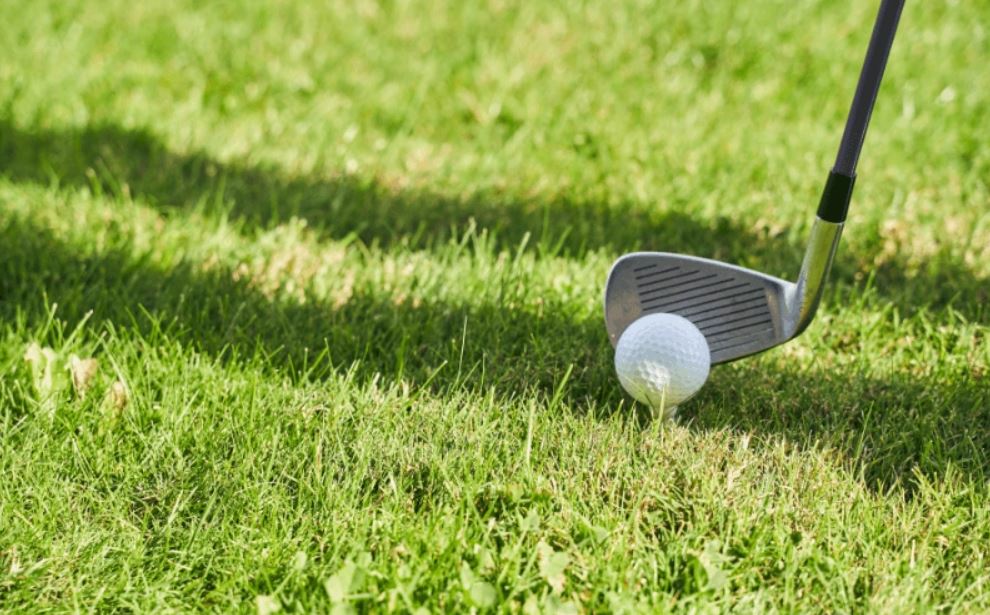
The best way to choose a lob wedge for your game is to know what your angle of attack is, this will determine your bounce, which is the most important part of the lob wedge.
The better player will have a good idea of what their angle of attack is, and will swing the same more consistently, meaning they can choose which bounce works best for them.
For mid to high handicap golfers we recommend going with a lob wedge that has mid to high bounce, this generally makes the club more forgiving as it will not dig into the ground.
Pro tip: look for a lob wedge that has heel relief, this means the heel area is ground away slightly, also preventing you from diggin the heel into the ground, another way to prevent this is to have your lob wedge bent slightly flat.
Pros And Cons
Pros
- Gets the ball up easily
- Helps you get out of the bunker
- Generates lots of spin
- Easy to play the flop shot with
Cons
- It is difficult to hit
- Having the right bounce is very important
- Most high handicap players actually do not need it
When To Use A Sand Wedge?
As the name states the sand wedge is great to use out of the bunker, over time the sand wedge has become a lot more useful and is used for a number of different shots. It can be used for full shots, pitching and chipping too. It is great to get over obstacles as it has a lot of loft.
Who Should Carry A Sand Wedge?
We recommend all players should have a sand wedge, is it great to get out of bunkers, and it is very handy around the greens, it can be used for full shots, pitching and chipping too.
High handicap players should use the sand wedge that comes in their set of irons, mid to low handicap players can use a more blade style sand wedge, these will be less forgiving, but give you more spin and control around the greens.
How Far Should You Hit A Sand Wedge?
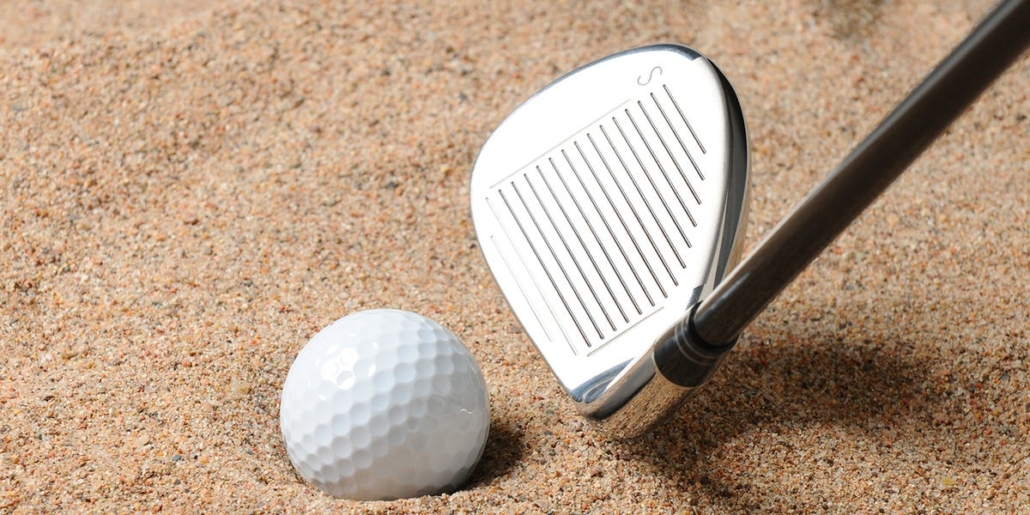
This all depends on your swing speed and angle of attack. The more you compress the ball the further it will go, if you hit your sand wedge on the up(take no divot) then it will also go shorter.
High swing speeds – 120 to 100 yards
Mid swing speeds – 100 to 80 yards
Slow swing speeds – 80 to 60 yards
How Do I Choose A Sand Wedge?
Choosing a sand wedge is a lot easier than choosing a lob wedge. All sand wedges come from 56 to 54 degrees. You need to match the loft up with the rest of your wedges. Most wedges will have a mid bounce, somewhere around 10 degrees. For the high to mid handicap player that is perfect, a low handicap player might have a specific bounce they need.
Do You Really Need A Sand Wedge?
Yes, the sand wedge is a crucial club in your golf bag, it is an essential part to your short game. You will need it to get out of the bunker, chip and pitch when around the greens.
Pros
- Gets the ball up easily
- Great for getting out of the bunker
- Generates lots of spin
Cons
- There are no real cons to having a sand wedge
Should You Carry A Lob Wedge And Sand Wedge Or Just 1?
If you are a high handicap player, you can get away with just having a sand wedge, but it won’t hurt you to have both.
I do recommend mid to low handicap players to have both a lob wedge and sand wedge.
How Many Wedges Overall?
High handicap players should have at least 2 wedges, a sand wedge and pitching wedge. Having a lob wedge and gap wedge is an extra.
Once you improve it is important to have 4 wedges in your bag, a lob, sand, gap and pitching wedge. This will ensure that you have the right gapping in between your clubs. A 12 to 15 yards gap between your wedges is recommended.
Conclusion

A sand wedge and lob wedge are very similar clubs, the main differences are the loft and bounce. We recommend high handicap players only use a sand wedge that comes from their iron set. These are a lot more forgiving compared to the blade style wedges.
Mid to low handicap players should use blade style wedges, they offer a lot more control and spin.
Choosing the right bounce is the most important part of choosing a wedge. The steeper your angle of attack the higher bounce you need, the shallower your angle of attack the lower the bounce you need. As a high handicap you should stick with high bounce, as it is more forgiving.

